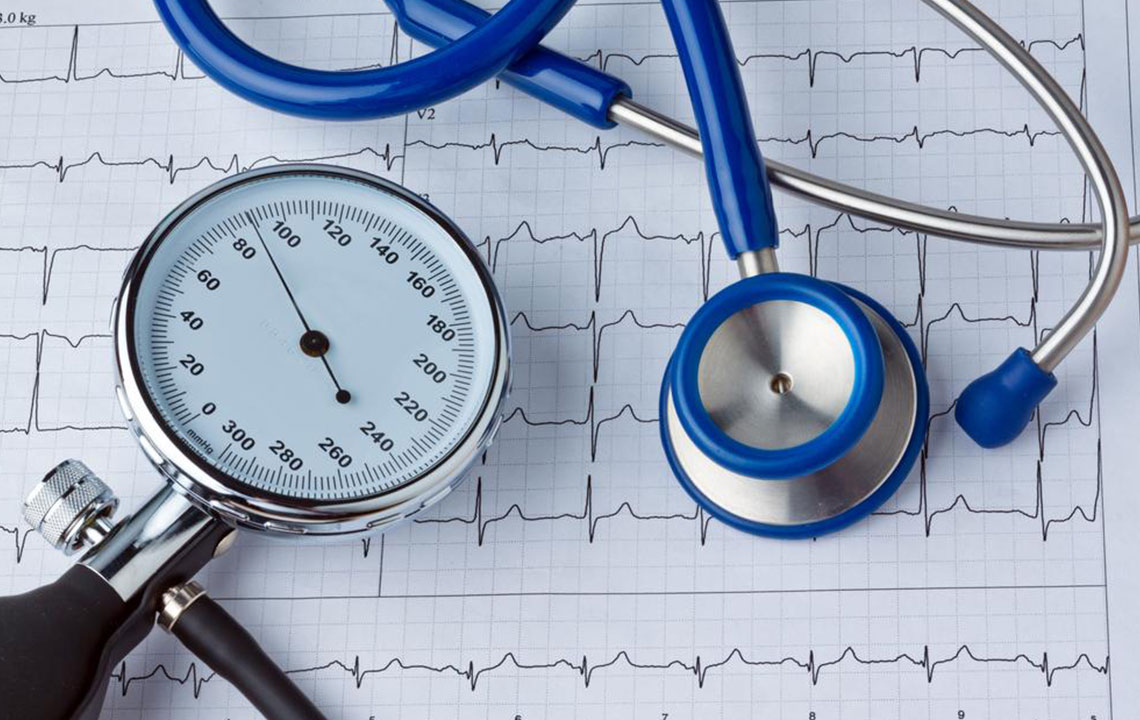Comprehensive Guide to Recognizing and Managing High Blood Pressure Symptoms
This extensive guide explores the critical aspects of high blood pressure, including symptoms, causes, risk factors, and management strategies. Understanding hypertension and its warning signs can help you detect it early and prevent serious health complications through lifestyle changes and medical interventions. Regular monitoring and awareness are vital for maintaining optimal cardiovascular health and avoiding the silent dangers of hypertension.

High blood pressure, medically known as hypertension, is a prevalent condition affecting millions of individuals worldwide. Often dubbed the "silent killer" due to its subtle symptoms, hypertension can lead to serious health complications if left undetected and untreated. Understanding the warning signs, risk factors, and preventive measures is crucial for maintaining cardiovascular health and preventing long-term damage.
Blood pressure readings are measured in millimeters of mercury (mmHg) and consist of two numbers: systolic pressure (when the heart beats) and diastolic pressure (when the heart is at rest). A normal blood pressure level is generally considered to be around 120/80 mmHg. Readings consistently higher than this threshold may indicate hypertension. Over time, persistent high blood pressure can damage arteries, increase the risk of stroke, heart attack, kidney disease, and other health problems.
Hypertension is typically categorized into two main types: primary (essential) hypertension, which has no specific identifiable cause, and secondary hypertension, resulting from underlying health issues such as kidney disease or hormonal disorders. Lifestyle factors significantly influence the development of high blood pressure. Chronic stress, physical inactivity, poor diet, excessive alcohol consumption, and smoking are common contributors. Genetic predisposition also plays a role, making regular health checks essential for early detection.
Recognizing the symptoms of high blood pressure can be challenging because many individuals remain asymptomatic or experience only mild discomfort. When symptoms do appear, they might include severe headaches, persistent fatigue, confusion, dizziness, visual disturbances, irregular heartbeat, chest pain, or shortness of breath. Because these signs are often subtle or transient, hypertension is frequently diagnosed during routine health examinations rather than through self-awareness.
Regular blood pressure monitoring is the most effective method to catch hypertension early. Individuals with a family history of heart disease or other risk factors should prioritize routine check-ups. Lifestyle modifications, such as adopting a balanced diet rich in fruits, vegetables, and whole grains, reducing salt intake, engaging in regular physical activity, managing stress through relaxation techniques, limiting alcohol consumption, and quitting smoking, can significantly decrease the risk of developing or worsening high blood pressure.
In cases where lifestyle changes are insufficient, healthcare professionals may prescribe antihypertensive medications to manage blood pressure levels. It's essential to follow medical advice and regularly monitor blood pressure to prevent complications. Overall, awareness, early detection, and proactive management are key to controlling hypertension and ensuring long-term cardiovascular health.
By staying informed about the signs and causes of high blood pressure, individuals can take concrete steps to safeguard their health, leading to a better quality of life and reduced risk of life-threatening conditions associated with hypertension.





